Sawdust Charcoal Briquettes Vs Wood Lump Charcoal for the Export Market
Sawdust charcoal briquettes and wood lump charcoal are two types of charcoal products made from wood. Wood lump charcoal comes from pieces of wood, whereas sawdust charcoal briquettes come from briquetted sawdust.
The export market prefers sawdust charcoal to lump charcoal due to several advantages. These briquettes are denser with twice the density of wood, resulting in a longer ignition or burning time.
In addition, it has a uniform shape and size, making it easier to use and package, thereby reducing transportation costs.
Sawdust charcoal briquettes are usually hexagonal and octagonal, with a hole in the middle to make burning easier. Meanwhile, lump charcoal has an irregular shape similar to that of the raw material.
As the market continues to grow, the demand for sawdust charcoal briquette products increases, which in turn requires an increase in supply from producers.
However, the availability of raw materials from sawdust is becoming increasingly limited. As a result, it is necessary to obtain raw materials from various other types of wood waste.
The forestry sector and various wood processing industries can use wood waste as raw material for the production of sawdust charcoal briquettes. Many of these industries have not yet utilized this resource.
The size of the large wood waste also needs to be reduced to the size of sawdust so that it can be processed into sawdust charcoal briquettes.
Potential Use of Biomass Briquettes in Indonesia
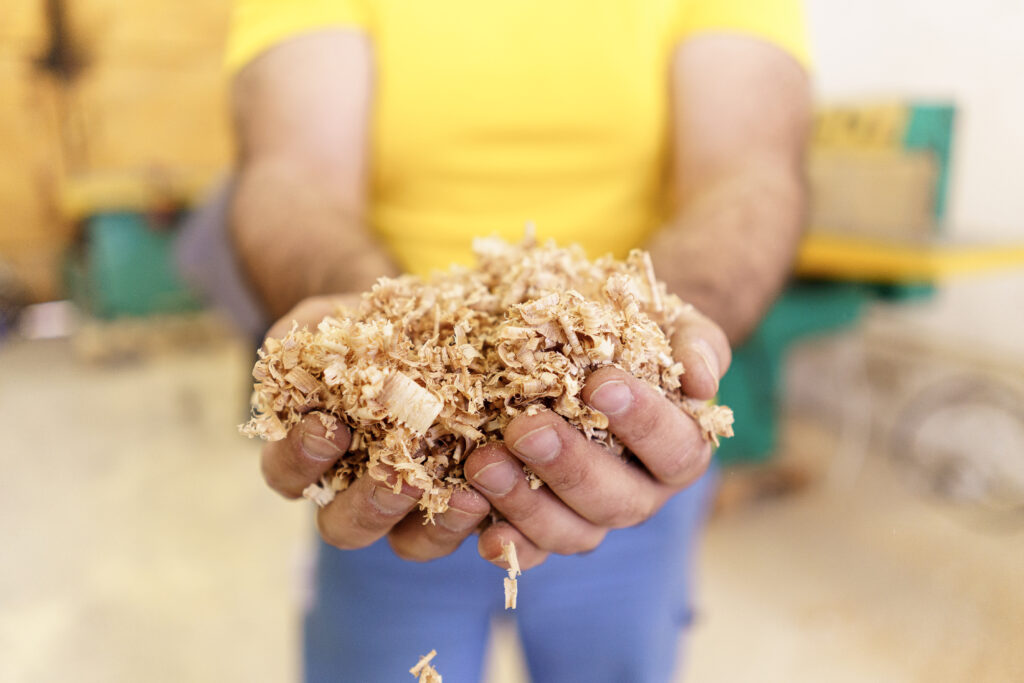
The increasing popularity of biomass briquettes is a result of the growing interest in renewable energy. Establishing a biomass waste recycling plant not only offers the potential for profitability but also contributes to environmental protection for both current and future generations.
One potential application of biomass in Indonesia involves converting sawdust waste into briquette fuel.
According to national data from the Central Statistics Agency (Badan Pusat Statistik, BPS) in 2008, Indonesia produced approximately 679,247 m3 of sawdust, which, with a density of 600 kg/m3, equates to around 407,548.2 tons.
Assuming that 40% of wood processed becomes sawdust waste, the potential annual production of briquettes could reach 163,319.28 tons.
These figures suggest that Indonesia possesses significant potential for utilizing sawdust waste as a basis for producing alternative fuels like briquettes, thereby aiming to curtail the consumption of non-renewable fuels.
Planting trees that produce wood as raw materials for lump charcoal and sawdust charcoal briquettes is necessary to maintain long-term sustainability and ensure the provision of wood biomass raw materials for the production of these products.
Benefits of Sawdust Charcoal Briquettes
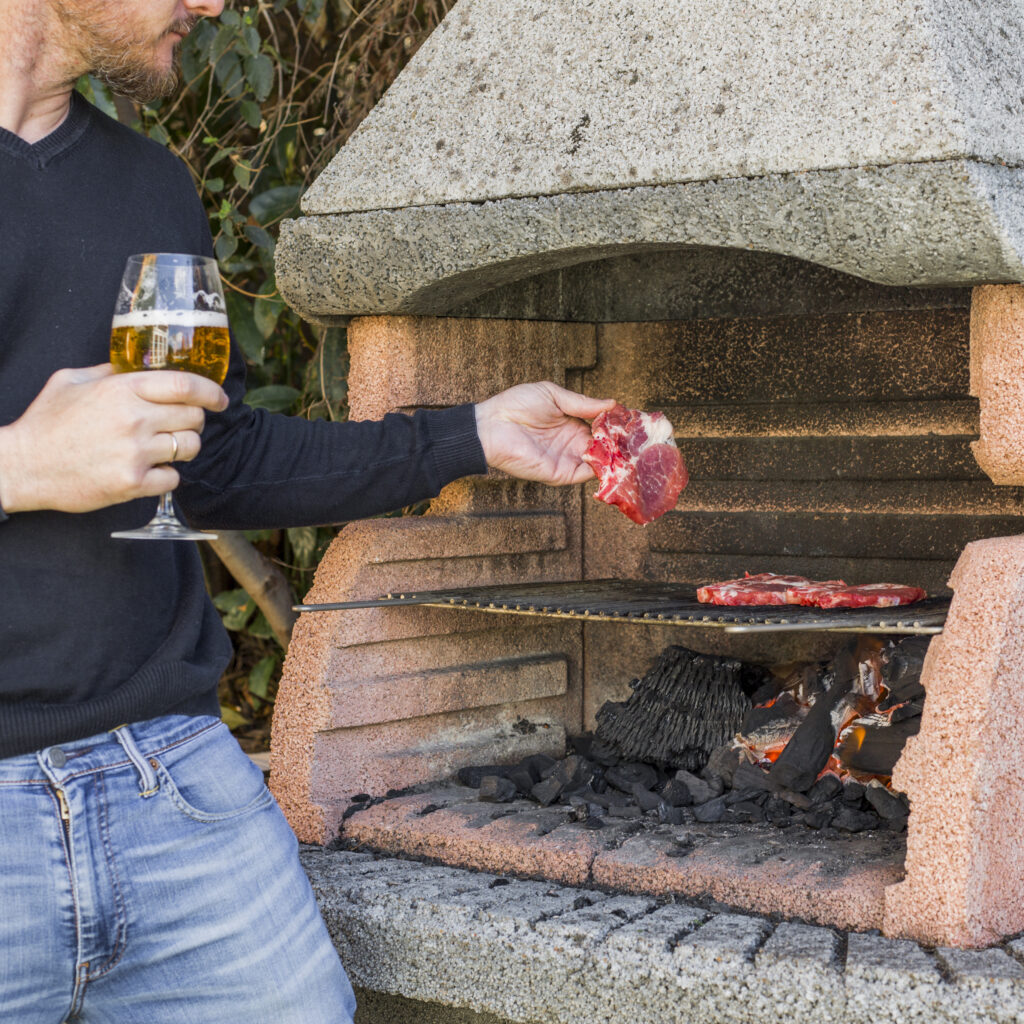
Sawdust, a byproduct of timber sawing for construction or furniture, consists of fine wood particles. It is an excellent choice for repurposing due to its resistance to breakdown.
Replacing excessive wood consumption with sawdust can help address environmental issues. Sawdust charcoal briquettes serve as a fuel source and offer numerous benefits.
This charcoal is the favorite used for BBQ by international standard restaurants, as room heaters in winter, saunas, industrial fuels, and other purposes.
Middle Eastern countries, especially Saudi Arabia, use sawdust charcoal briquettes in large quantities, especially for roasting lambs as a favorite dish. Turkey is a European country that also uses sawdust charcoal briquettes in large quantities to grill various meat dishes.
Sawdust is commonly obtained for free from sawmills and carpenters. Establishing a sawdust charcoal briquette business presents a low-risk opportunity with the potential for significant profits due to the cost-effectiveness of the process.
Converting sawdust into charcoal is a remarkable way to recycle a byproduct and generate something valuable and profitable.
These days, sawdust briquettes are gaining popularity due to the numerous advantages they offer. Many consider these briquettes the superior choice as they are cleaner than traditional lump charcoal.
Grade and Specifications of Sawdust Charcoal Briquettes
The quality classification of sawdust charcoal briquettes consists of several grades, as shown in the following images:
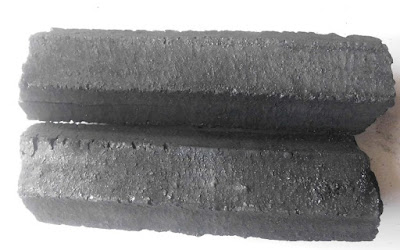
Grade A: More than 15 cm long and smooth (no cracks).
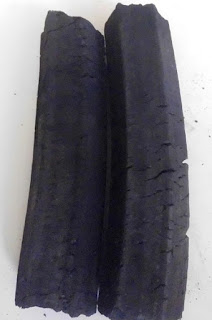
Grade B: More than 10 cm long with a few cracks.
Grade AB is suitable and highly recommended for the best home BBQ, professional chefs, and room heaters in winter.
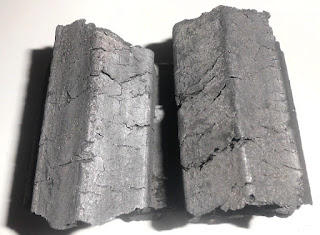
Grade C: More than 5 cm long with a smooth surface or small cracks.
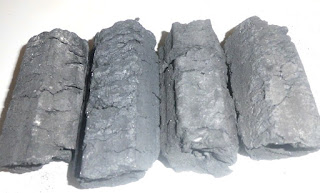
Grade D: More than 5 cm long with a rough surface and moderate cracks.
People typically use Grade CD for daily grills and sometimes use it for more economical shisha charcoal, room heaters in winter, saunas, and other purposes.
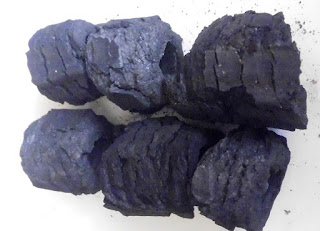
Grade E: Average length of 3-5 cm, rough surface, and lots of cracks, making it fragile.
Grade E is suitable for small grill use and the briquette industry.
Wrap-up
In the end, the discussion between sawdust charcoal briquettes and wood lump charcoal boils down to individual choice, as each has its own advantages depending on the circumstances.
Do you lean towards sawdust charcoal or lump charcoal? We’re eager to hear your perspective!
If you require a substantial quantity of sawdust charcoal, do not hesitate to contact Kokonut Global Exporisa. We are an Indonesian company committed to delivering top-quality products.

